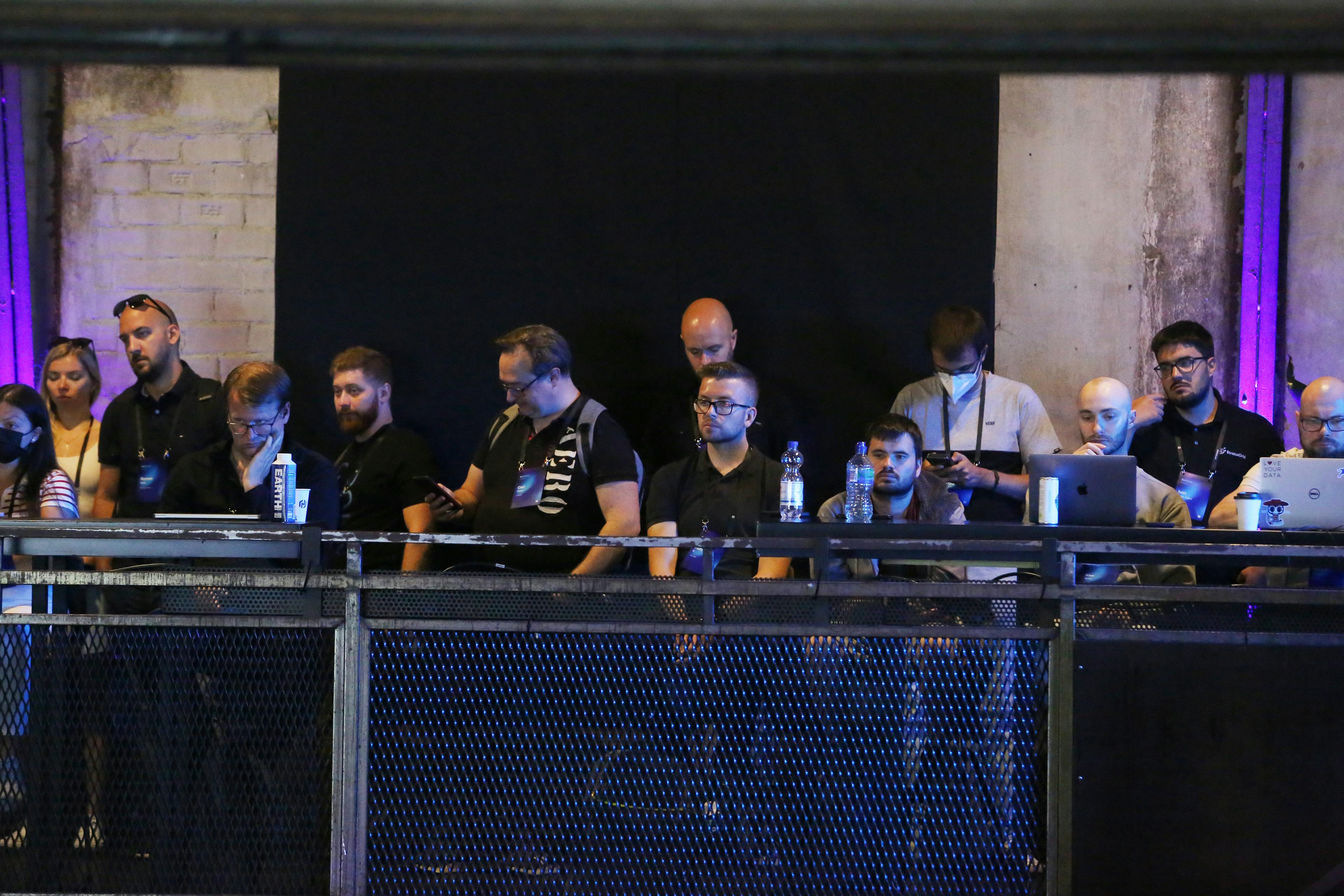Developer advocacy or technical pre-sales can be a great way to use your technical skills to help developers solve their challenges, but a successful transition also requires a number of soft skills. This blog post, the third in a series, shares three steps that can help you find the right audience for your talks, from choosing what conferences to speak at to dealing with the Call for Papers (CFP) process.
Read part 1: Public speaking
Read part 2: Building empathy
Read part 4: Submitting to a call for papers
Once you’ve built up your public speaking skills and worked through understanding and empathizing with your audience, you should be ready to start sharing your knowledge with developers more meaningfully. This post covers the decision of where and how to present your information. As a manager of developer advocates, conference speaker, and a panelist for conference talk selections, I hope my experiences can help set you up for success.
»Step 1: Create a list of options
A common mistake speakers make is to write a standard talk proposal (I will cover proposal writing in part 4 of this series) and then sending it out to multiple open Calls for Papers/Proposals (CFPs) without edits or consideration of the goals or audience of the particular event. That generic approach is likely to result in a low acceptance rate.
Instead, consider the time and effort it would require to present well at each individual event, where your time would be best spent, and how you can make the most impact with a reasonable amount of effort. Note that all of these considerations are also relevant for your audience and the conference selection panels.
We should all want to make the most of our time and energy in order to learn, share, and grow. That means carefully matching your expertise and topics to the events you’re interested in. Consider your talk topic and be honest with yourself about your level of expertise on the subject matter. If you are presenting a security talk as a developer, remember that you’re not an expert in cryptography engaged in building new technology to share at a large-scale event full of security experts. Remember that it’s totally OK to not be a world-class expert in a given area; the intersections between areas of expertise can yield valuable insights.
Many people start their developer advocate journey thinking something like: “I have a security talk, I have to speak at Defcon!” or the equivalent event for their topic. Taking this route may be setting yourself up for failure. Conference websites typically indicate who attends, the types of talks they present, and the event’s overall goals.
To help identify the right audience and events, ask yourself: “Do attendees have similar roles or responsibilities to me?” “Does my talk help the audience solve a challenge or optimize a workflow?” How does the audience’s level of experience compare with mine?” Ideally, you want to target events with attendees that have a bit less experience to ensure they can understand and learn from your presentation.
Use the answers to those questions to build a short list of events to start with based on your experience and knowledge of the topic. In our space, we encourage beginners to start with local user groups, meetups, and city-based events like devopsdays or BSides, or digital events that cater to first-time speakers like HashiTalks. Intermediate events include small to medium community conferences with common goals and interests. Then we look at large-scale events like KubeCon or a major cloud-vendor conference where experts speak on industry-wide patterns, best practices, and moonshots.
We tend to encourage speakers to select a few events in their comfort zone, and then add one or two stretch-goal venues for each talk. The important thing is to put yourself out there consistently and to perform well within the event’s expectations.
The bigger stages will come with time and as you build consistency. With that in mind, it’s OK to speak on the same topic multiple times as long as your approach evolves with the changing audience. You want any attendees who overlap to still have the opportunity to learn something new from each iteration of your talk. With increasingly digital and hybrid events, though, be mindful of repeating the same talk over and over, as that can diminish the value for the event, the audience, and yourself.
»Step 2: Set a realistic schedule
Once you have created a list of event options, map them out on a calendar with all relevant deadlines: CFP closures, travel, talk dates, your professional and personal obligations, etc. Assume that all of your talks will be accepted and eliminate talks with overlapping priorities. When multiple events are scheduled for the same week or consecutive weeks, choose one in advance. Remove any events that have conflicts or tight timelines that could prevent you from delivering the best version of your talk. Packing your schedule too tight is a risk to talk quality and a recipe for burnout.
Once you have finalized your best-case list, go through it and put the deadlines on your calendar. Reserve time now for writing the talks, and note the audience interests and event goals so that they are ready for you when you need to put together your proposal and create your presentation.
How much time should you devote to this? Block out a week as a placeholder to start. It never hurts to add in a bit more time for talk writing and proposal prep than you think you need in case emergencies or technical issues pop up.
»Step 3: Follow up and ask for feedback
If you have any questions about the events that interest you, feel free to reach out to the event coordinators or your network of colleagues who have experience at a given event for answers. Many will welcome the chance to engage with you and their input will help make your submissions and talks better.
If your talk proposal is declined, it’s a great opportunity to collect feedback to help with your next submission. You can also use that calendar time you blocked off to pivot and engage your audience in another way by writing a blog, creating a video tutorial, or another piece of content related to your topic.
One of the toughest parts of creating your place on the technical conference circuit is finding your audience. You can make this a lot easier on yourself by narrowing your list of options to a limited set of events that give you the chance to share your experience multiple times while tuning and iterating your talk to be more relevant to the audience each time. Use the feedback you get and your research into specific events to help guide your content. And check in soon on our next post in the series: writing a good proposal.






